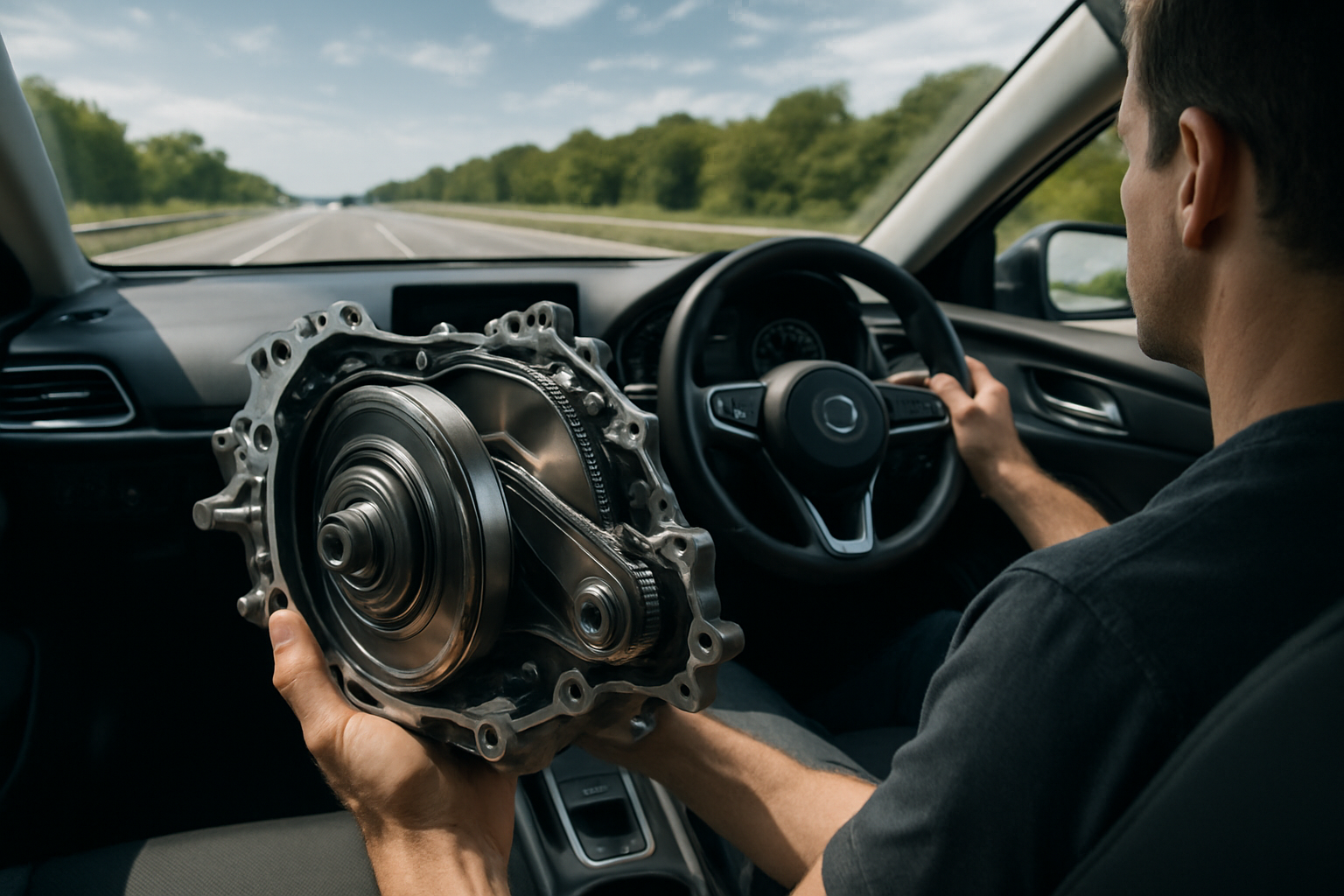Discover Why the Honda CR-V Remains a Top SUV Choice
The Honda CR-V has consistently ranked among the most popular SUVs thanks to its reputation for reliability, comfort, and everyday practicality. Known for its efficient engines, advanced safety features, and roomy interior, the CR-V appeals to a wide range of drivers — from families seeking space to individuals who want a versatile vehicle for both city and highway use. With modern updates and thoughtful design, the CR-V continues to deliver the perfect balance of performance and value, making it a standout in the non-luxury SUV market.

How Does Honda CR-V Modern Design and Practicality Stand Out?
The current Honda CR-V generation showcases a refined exterior that balances contemporary styling with functional elements. The front fascia features LED headlights and a prominent grille, while the body maintains clean lines that contribute to aerodynamic efficiency. Interior design emphasizes user-friendly controls and quality materials, with an infotainment system that supports both Apple CarPlay and Android Auto connectivity.
Practical elements include a low load floor for easier cargo access, multiple storage compartments throughout the cabin, and rear seats that fold nearly flat to maximize cargo space. The elevated seating position provides good visibility for drivers, while wide door openings facilitate passenger entry and exit. These design choices reflect Honda’s focus on everyday usability rather than purely aesthetic considerations.
What Advanced Safety and Driver Assistance Features Are Available?
Honda Sensing comes standard across all CR-V trim levels, providing a comprehensive suite of safety technologies. This system includes collision mitigation braking, road departure mitigation, adaptive cruise control, and lane keeping assist. The vehicle also features a multi-angle rearview camera and blind spot monitoring on higher trim levels.
Additional safety elements include a solid body structure designed to absorb and redirect crash energy, along with strategically placed airbags throughout the cabin. The Insurance Institute for Highway Safety has recognized recent CR-V models for crashworthiness performance. These safety features work together to provide both active accident prevention and passive protection during collisions.
How Does Honda CR-V Fuel Efficiency and Daily Performance Compare?
The standard CR-V engine delivers an EPA-estimated 28 mpg in city driving and 34 mpg on highways, numbers that compete well within the compact SUV segment. The continuously variable transmission (CVT) prioritizes fuel economy over sportiness, though it provides adequate acceleration for daily driving situations including highway merging and city traffic navigation.
The available all-wheel-drive system activates automatically when traction conditions require additional grip, then returns to front-wheel drive to preserve fuel efficiency. This system handles light off-road conditions and adverse weather effectively, though the CR-V remains primarily designed for paved road use. Engine performance provides sufficient power for most driving scenarios while maintaining reasonable fuel costs.
Does the CR-V Provide Adequate Space and Comfort for Everyday Family Needs?
Interior dimensions offer comfortable seating for five passengers, with particular attention to rear seat legroom and headroom. The cargo area provides 39.2 cubic feet behind the rear seats, expanding to 75.8 cubic feet with seats folded down. This space accommodates typical family hauling requirements including groceries, sports equipment, and vacation luggage.
Comfort features include supportive front seats with available heating and power adjustment, automatic climate control, and multiple USB charging ports throughout the cabin. Rear passengers benefit from adequate legroom and individual air vents. The cabin maintains relatively low noise levels during highway cruising, contributing to overall comfort during longer drives.
How Does Comparing Honda CR-V Value with Other Popular SUVs Work Out?
| Vehicle Model | Starting MSRP | Key Advantages | Fuel Economy (City/Highway) |
|---|---|---|---|
| Honda CR-V | $27,800 | Reliability, resale value, standard safety tech | 28/34 mpg |
| Toyota RAV4 | $28,500 | Off-road capability, hybrid options | 27/35 mpg |
| Mazda CX-5 | $27,200 | Driving dynamics, premium interior | 25/31 mpg |
| Subaru Forester | $26,400 | Standard AWD, cargo space | 26/33 mpg |
| Nissan Rogue | $26,900 | Interior space, comfort features | 28/35 mpg |
Prices, rates, or cost estimates mentioned in this article are based on the latest available information but may change over time. Independent research is advised before making financial decisions.
The CR-V’s value proposition centers on predictable ownership costs, strong resale values, and comprehensive warranty coverage. Honda’s reputation for reliability often translates to lower long-term maintenance expenses compared to some competitors. However, buyers should consider their specific priorities, as alternatives may offer advantages in areas like off-road capability, driving excitement, or luxury features.
The Honda CR-V continues attracting buyers through its balanced approach to compact SUV design and functionality. While it may not excel in any single category, the combination of reliability, practicality, safety features, and reasonable operating costs creates broad appeal. Potential buyers benefit from test driving multiple options and comparing total ownership costs rather than focusing solely on purchase price, as long-term value often depends on individual usage patterns and maintenance practices.




